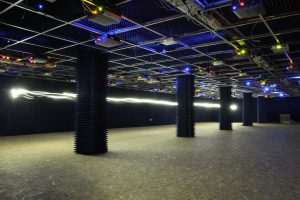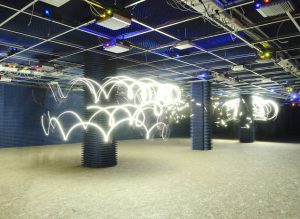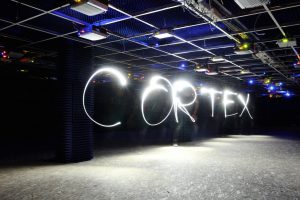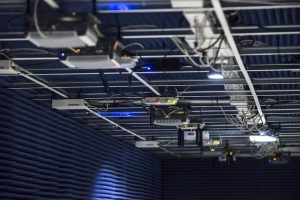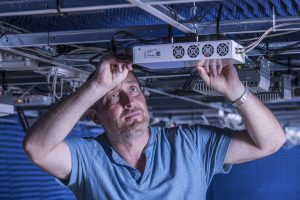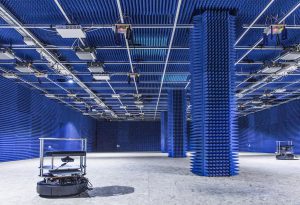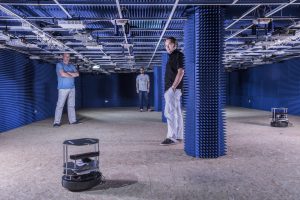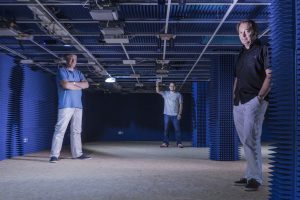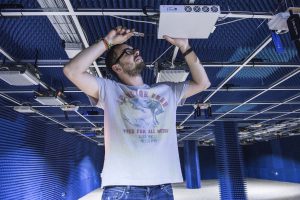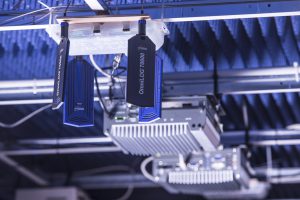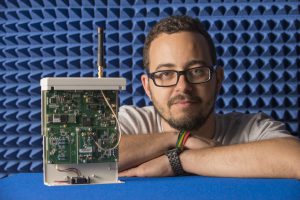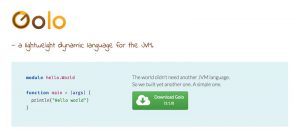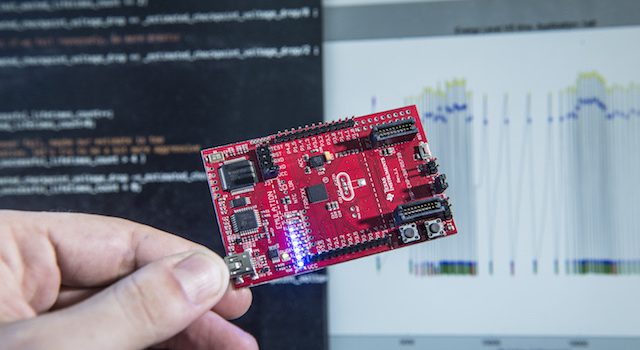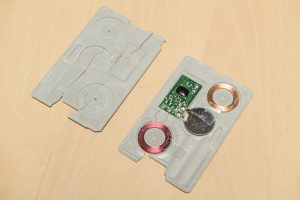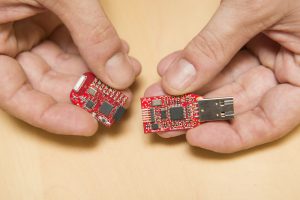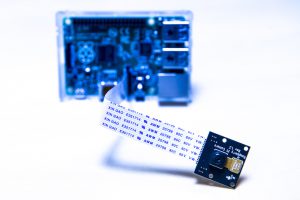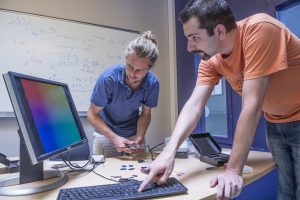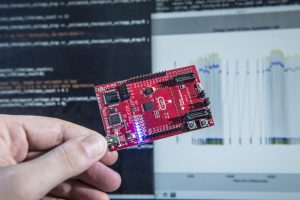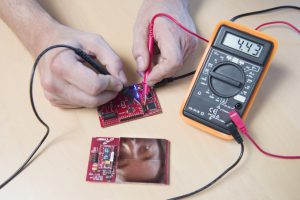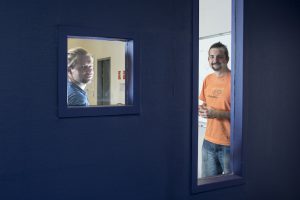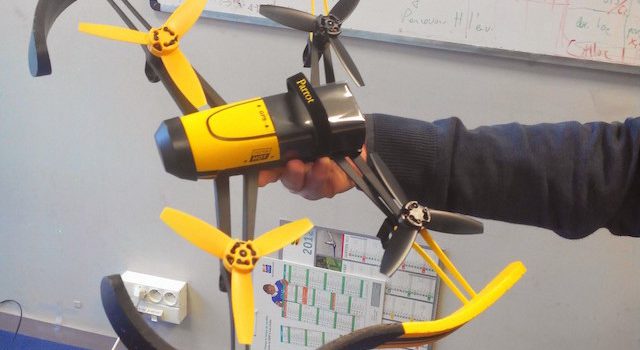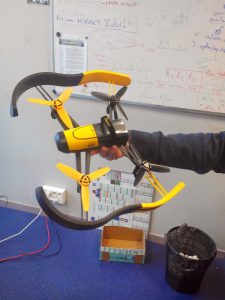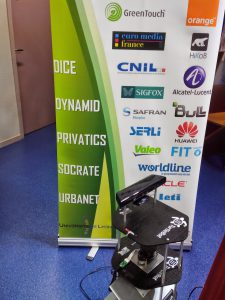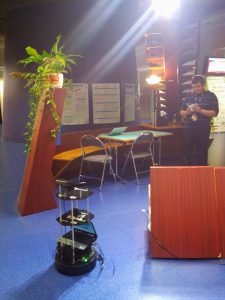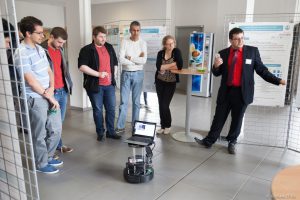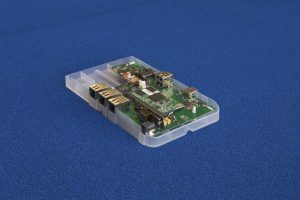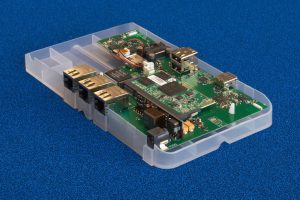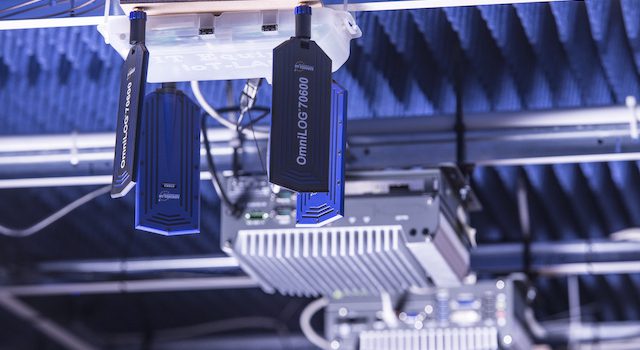
Cognitive Radio is the Future

In the future internet of things, wireless technologies will represent a large part of the market in weak competition with power line or infrared communications. Up to now, standards have been developed with a bottom-up approach and the radio spectrum sharing policies are mostly static. Since billions of objects are expected to use wireless links, the present way the wireless medium is shared has to be revisited. For such, radio systems, algorithms and protocols have to be deeply transformed. The most promising approach stems from the cognitive radio paradigm, which relies on three complementary mandatory properties: radio systems real-time reconfigurability, wireless environment awareness behavior, and self-organization capability. The first item is referred to as software defined radio (SDR), the second as cognitive radio (CR) and the third as self-optimization networks (SON).
CorteXlab

A valuable platform able to test realistic future scenarios, should offer the possibility to evaluate simultaneously these three items to support the actual theoretical developments from an experimental point of view. Unfortunately, a platform that contemplates all of these topics at the same time does not currently exist. CorteXlab aims to fill in this gap. The CorteXlab testbed will be hosted at INSA-Lyon in France, benefiting from the Senslab (now FIT/IoT-lab) experience and from the 5 years experience on developing a MIMO (Multiple Input Multiple Output) high data rate reconfigurable platform. CorteXlab will use the network architecture developed in IoT-lab and will integrate SDR nodes to offer a remotely accessible development platform for distributed Cognitive Radio (CR). Reconfigurability, compatibility, coexistence and even cooperation between SDR nodes will be evaluable. A large set of heterogeneous SDR nodes (MIMO nodes, SISO nodes and Wireless Sensor Network (WSN) nodes) together with classical sensor nodes will permit a full experimental evaluation.
Cognitive Radio at the Reach of everyone
CorteXlab will allow remote users to test their own algorithms on the existing nodes, but the architecture will be also opened to industry third party to deploy their own front-end (RF or UWB) or baseband systems to test and validate their developments. A clear expected result is offering a remote access to all equipments in a comprehensive way, such that many scenarios can be evaluated by remote users. A second target is to create a “network of SDR” development community including people from digital communications, networking and embedded systems, to provide a complete set of functionalities and also enroll interesting industrial partners to include in the platform new SDR or front end components.

